Granted, the Bronx, northernmost New York City borough, doesn’t enjoy much of a reputation. It happens to be one of the most densely populated areas in the US, and one of the poorest. This all goes back to the dark ages of the 70’s and 80’s when crime was at its apogee, but the stigma persists.
Lesser known to most, a quarter of the Bronx is occupied by park land, some 7,000 acres of it. There’s a lot of water, too. Water 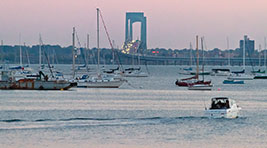 plays a quintessential role in NYC where 3 major bodies interface, creating a complex matrix of tides, currents and salinity.
plays a quintessential role in NYC where 3 major bodies interface, creating a complex matrix of tides, currents and salinity.
To the south, the New York Harbor basin brings salt water in from the ocean. To the west, the Hudson River flows southward along Manhattan, its brackish boundary reaching far north. To the east, the Long Island Sound connects with the 2 other water bodies via the East River, a tidal strait that sees complete flow reversals along with tides and where current speed can reach 4 knots.
Pelham Bay Park is nestled east of the Bronx on the Long Island Sound shore just where it turns into the East River, and flanked to the west by the fresh Hutchinson River.
The cinemaphiles among you will have recognized that name from the recent movie “The Taking of Pelham 123.” What I don’t know thus far is if our 123 line used to reach the Pelham Bay Park station, which is now served by the 6. But I digress. Movie set or not, Pelham Bay Park is a the perfect antidote to the Bronx’ reputation. It’s big, it’s quiet (off season) and 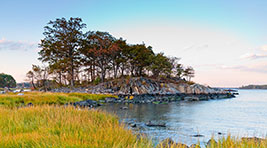 decently clean.
decently clean.
There’s the giant (man-made) crescent-shaped Orchard Beach, there are marshes, woods, nature trails, birds, lots of shoreline and the funky nearby City Island with plenty of boats and seafood restaurants.
This was my first incursion this far into northeast NYC and while summertime would be a completely different beast, the bottom line is this: Pelham Bay Park in the fall is a gem. It seems hidden a hundred miles away from the city.
To be further explored.
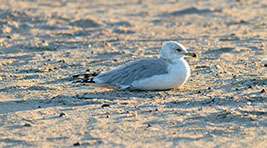
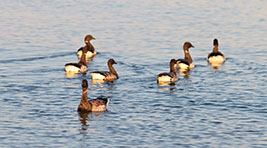
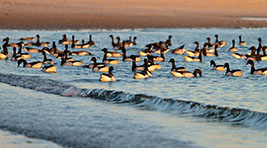
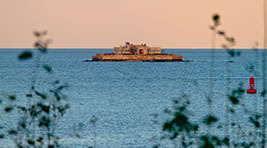
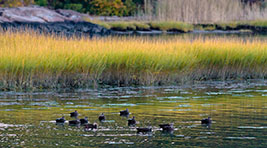
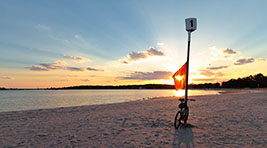
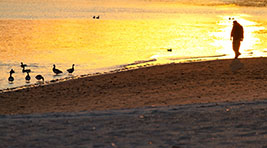
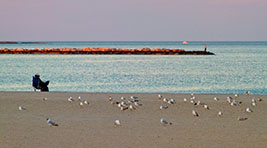
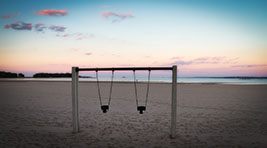
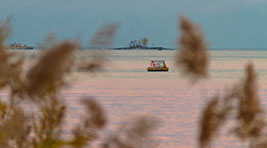
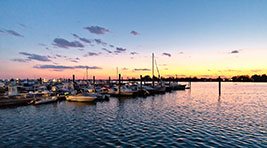
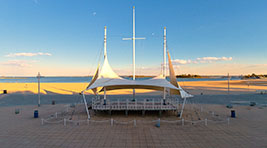
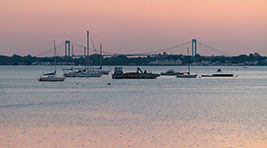

Comments
Karen
Vince
Karen
frank@nycgarden
Vince
Melanie
Melanie
Vince